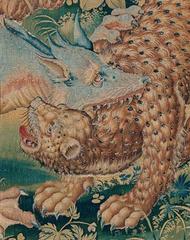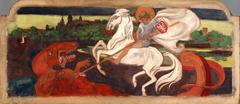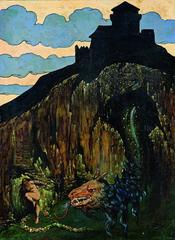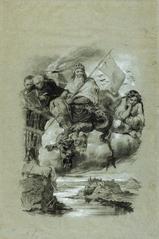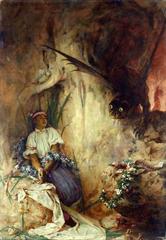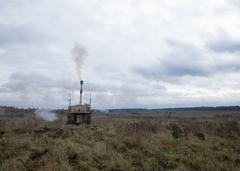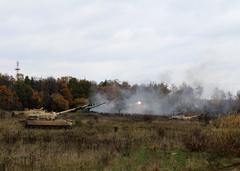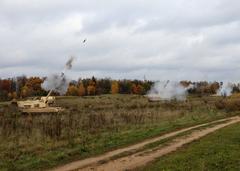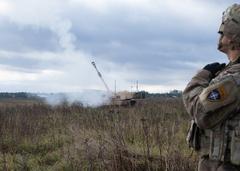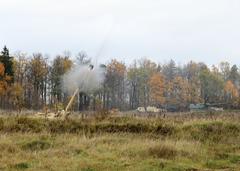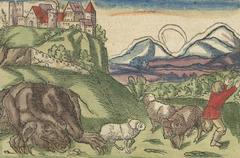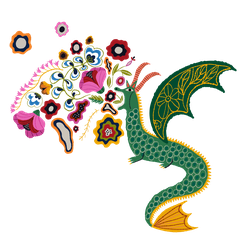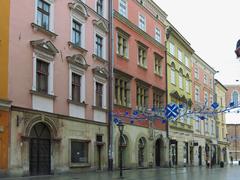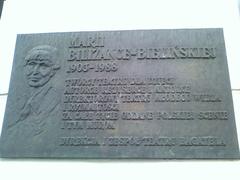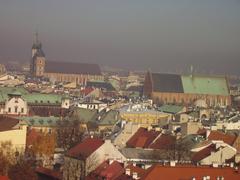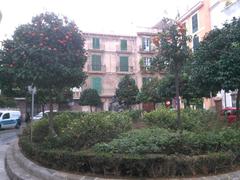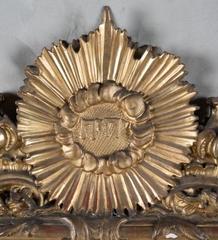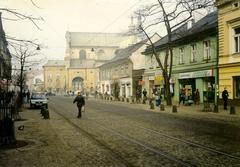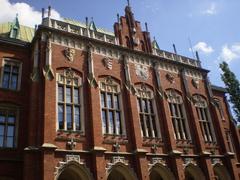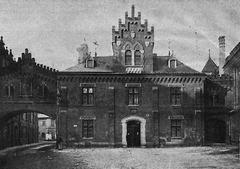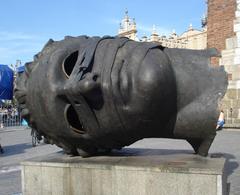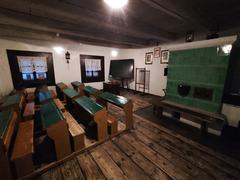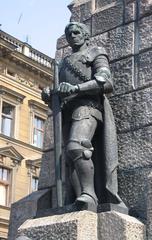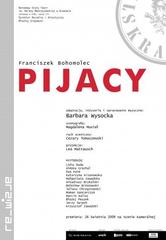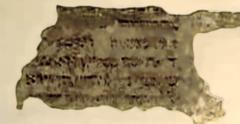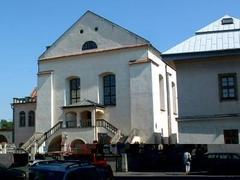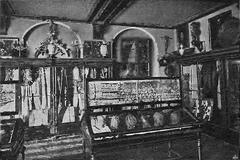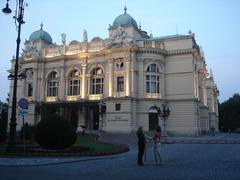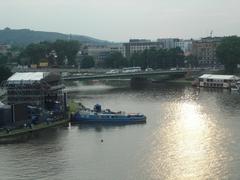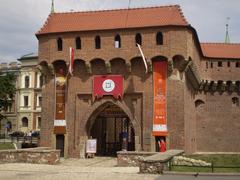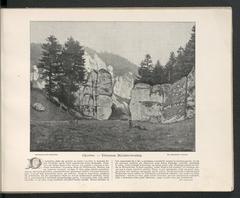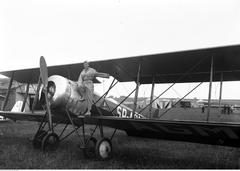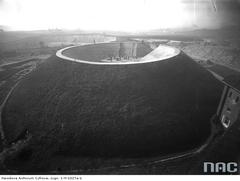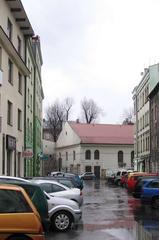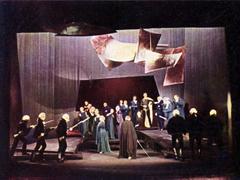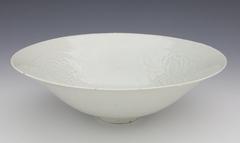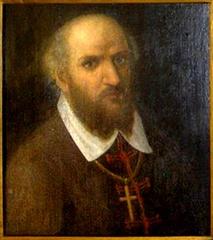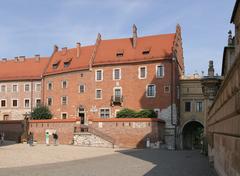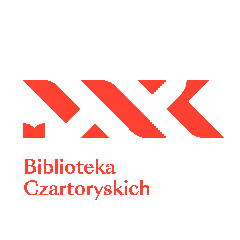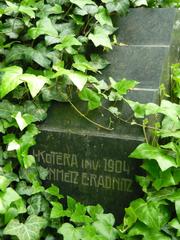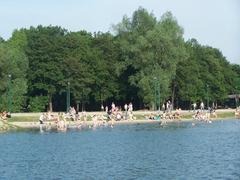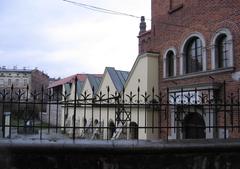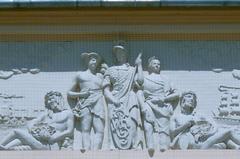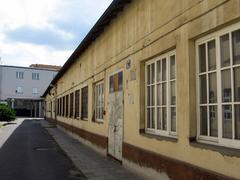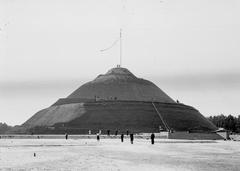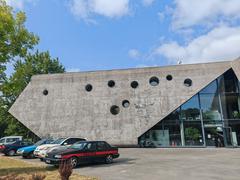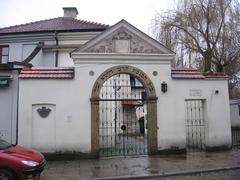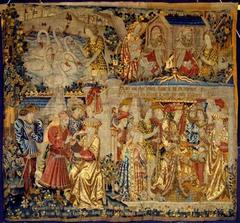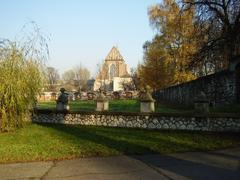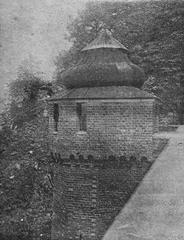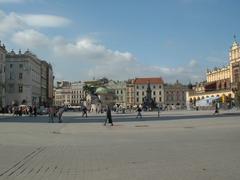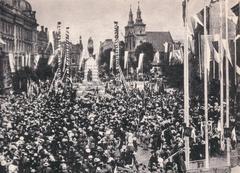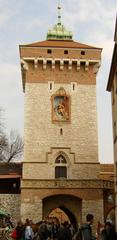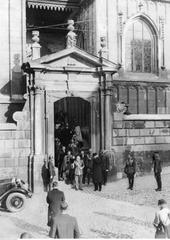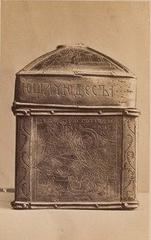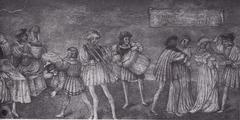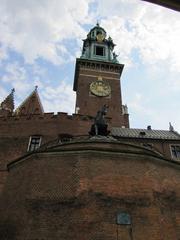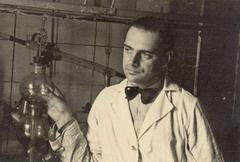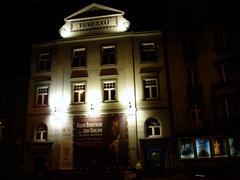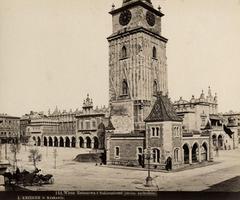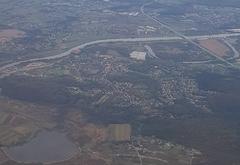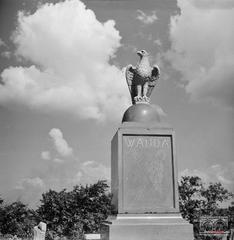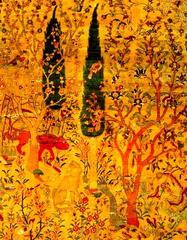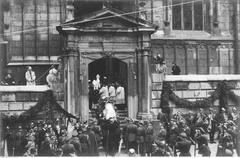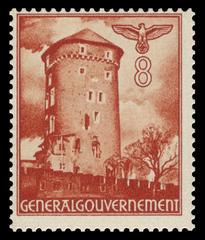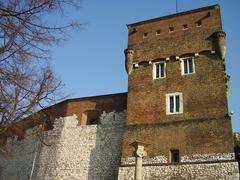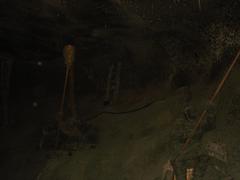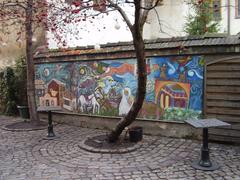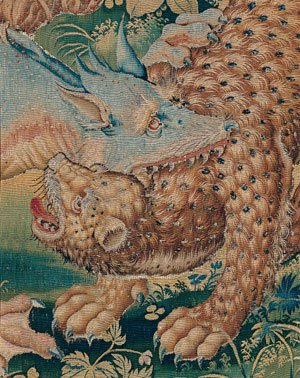
Visiting Wawel Dragon in Kraków: A Complete Guide
Date: 17/07/2024
Introduction
The Wawel Dragon, or “Smok Wawelski,” is an enduring symbol of Kraków, Poland, blending rich history, folklore, and modern culture into a captivating narrative. Originating from the early Middle Ages, the legend of the Wawel Dragon has been a cornerstone of Polish cultural heritage. According to the myth, this dragon resided in a cave at the foot of Wawel Hill, terrorizing the local population until it was cunningly defeated by a clever shoemaker named Skuba (Krakow Info). Over the centuries, the tale has evolved, reflecting the medieval European tradition of dragon-slaying legends and serving as an allegory for the challenges faced by early settlers in the region (Culture.pl). Today, the Wawel Dragon is not just a mythical creature but a cultural icon celebrated in art, literature, and annual events like the “Great Dragon Parade” (Krakow Festival Office). Visitors to Kraków can explore the dragon’s cave, Smocza Jama, and enjoy the fire-breathing statue near Wawel Castle, making the Wawel Dragon a must-see attraction for anyone interested in Poland’s vibrant history and folklore.
Table of Contents
- Introduction
- Origins and Legend
- Archaeological Evidence
- Cultural Significance
- Visitor Information
- Nearby Attractions
- Special Events and Guided Tours
- Educational Value
- Tourism Impact
- FAQs
- Conclusion
Origins and Legend
The Heroic Tale of Defeat
The Wawel Dragon, known in Polish as “Smok Wawelski,” is a legendary creature that has become an integral part of Kraków’s cultural heritage. The legend dates back to the early Middle Ages, around the 8th century, during the reign of King Krakus, the mythical founder of Kraków. According to the legend, the dragon lived in a cave at the foot of Wawel Hill, terrorizing the local population by demanding regular offerings of cattle and sheep. If the villagers failed to meet its demands, the dragon would devour humans instead (Krakow Info).
The most popular version of the legend involves a clever shoemaker named Skuba. When the king offered his daughter’s hand in marriage to anyone who could slay the dragon, many knights tried and failed. Skuba, however, devised a cunning plan. He stuffed a sheep with sulfur and left it outside the dragon’s cave. The dragon ate the sheep, and the sulfur caused an insatiable thirst. The dragon drank from the Vistula River until it burst, thus ending its reign of terror (Culture.pl).
Historical Context
While the Wawel Dragon is a myth, it reflects the medieval European tradition of dragon-slaying legends, which often symbolized the triumph of good over evil. The story also serves as an allegory for the challenges faced by early settlers in the region, who had to overcome natural and human adversities to establish a thriving community. The legend has been passed down through generations, becoming a staple of Polish folklore and a symbol of Kraków’s resilience and ingenuity (Poland Travel).
Archaeological Evidence
Interestingly, the Wawel Dragon’s cave, known as “Smocza Jama,” is a real geological formation. Archaeological excavations in the area have uncovered artifacts dating back to the Stone Age, indicating that the cave has been a site of human activity for thousands of years. While no dragon bones have been found, the cave’s historical significance adds a layer of authenticity to the legend (Krakow Travel).
Cultural Significance
Modern Interpretations
The Wawel Dragon has transcended its mythical origins to become a cultural icon. It is featured in various forms of art, literature, and media. The dragon is a popular subject in Polish children’s books and has been depicted in numerous paintings and sculptures. One of the most famous representations is the Wawel Dragon statue by Bronisław Chromy, installed near the entrance to Smocza Jama in 1972. The statue is designed to breathe fire, delighting visitors and adding a modern twist to the ancient legend (Krakow Post).
In contemporary times, the Wawel Dragon has been embraced as a symbol of Kraków’s rich history and cultural heritage. The legend is celebrated annually during the “Great Dragon Parade,” a festival that features elaborate dragon-themed floats, performances, and fireworks. This event attracts thousands of tourists and locals, highlighting the enduring appeal of the Wawel Dragon in modern Polish culture (Krakow Festival Office).
Visitor Information
Wawel Dragon Visiting Hours
The Smocza Jama cave is generally open daily from 10 AM to 5 PM, but hours can vary seasonally.
Wawel Dragon Tickets
Tickets can be purchased at the Wawel Castle ticket office or online. Prices range from 10 PLN for children to 20 PLN for adults.
Travel Tips
It’s recommended to visit early in the day to avoid crowds. Wear comfortable shoes as the area involves a fair amount of walking.
Nearby Attractions
While you’re in the area, consider visiting other historical sites in Kraków:
- Wawel Castle - A UNESCO World Heritage site with exhibits on Kraków’s history.
- Wawel Cathedral - An iconic Gothic cathedral with stunning architecture.
- Vistula River - Enjoy a scenic walk or boat ride along the river.
Special Events and Guided Tours
- Great Dragon Parade - An annual event featuring dragon-themed floats, performances, and fireworks.
- Guided Tours - Available for those interested in a more in-depth exploration of the Wawel Dragon and its legend.
- Photographic Spots - The Wawel Dragon statue and the fire-breathing show are perfect for memorable photos.
Educational Value
The legend of the Wawel Dragon is also used as an educational tool to teach children about Polish history and folklore. Schools often include the story in their curriculum, and educational tours of Wawel Hill and Smocza Jama are popular among school groups. These tours provide a hands-on learning experience, allowing students to explore the historical and cultural context of the legend (Polish Tourism Organisation).
Tourism Impact
The Wawel Dragon is a major tourist attraction, drawing visitors from around the world. The dragon’s cave, Smocza Jama, is open to the public, and guided tours are available. The nearby Wawel Castle, a UNESCO World Heritage site, offers a comprehensive look at Kraków’s history, including exhibits related to the dragon legend. The dragon statue and the fire-breathing show are must-see attractions for tourists, making the Wawel Dragon an essential part of any visit to Kraków (UNESCO).
FAQs
- What are the visiting hours for the Wawel Dragon? The Smocza Jama cave is generally open daily from 10 AM to 5 PM, but hours can vary seasonally.
- How much are tickets to see the Wawel Dragon? Tickets range from 10 PLN for children to 20 PLN for adults.
Conclusion
The Wawel Dragon is more than just a myth; it is a symbol of Kraków’s historical and cultural identity. From its legendary origins to its modern-day celebrations, the dragon continues to captivate the imagination of both locals and visitors. Its story is a testament to the enduring power of folklore and its ability to shape and reflect the cultural heritage of a community. Be sure to visit and experience this iconic legend for yourself.
Call to Action
Don’t miss out on learning more about Kraków’s rich history and cultural heritage. Download our mobile app Audiala, check out other related posts, and follow us on social media for more updates and information.
References
- Krakow Info (n.d.). The Wawel Dragon. Retrieved from https://www.krakow-info.com/dragon.htm
- Culture.pl (n.d.). The Wawel Dragon. Retrieved from https://culture.pl/en/article/the-wawel-dragon
- Poland Travel (n.d.). Legend of the Wawel Dragon. Retrieved from https://www.poland.travel/en/legend-of-the-wawel-dragon
- Krakow Travel (n.d.). Smocza Jama - The Dragon’s Den. Retrieved from https://www.krakow.travel/en/see/attractions/267-smocza-jama-the-dragons-den
- Krakow Post (2020, July). The Wawel Dragon: Legend and Modern Symbol. Retrieved from https://www.krakowpost.com/2020/07/the-wawel-dragon-legend-and-modern-symbol-krakow-2020
- Krakow Festival Office (n.d.). Great Dragon Parade. Retrieved from https://www.kbf.krakow.pl/en/festivals/dragon-parade
- UNESCO (n.d.). Historic Centre of Kraków. Retrieved from https://whc.unesco.org/en/list/29
